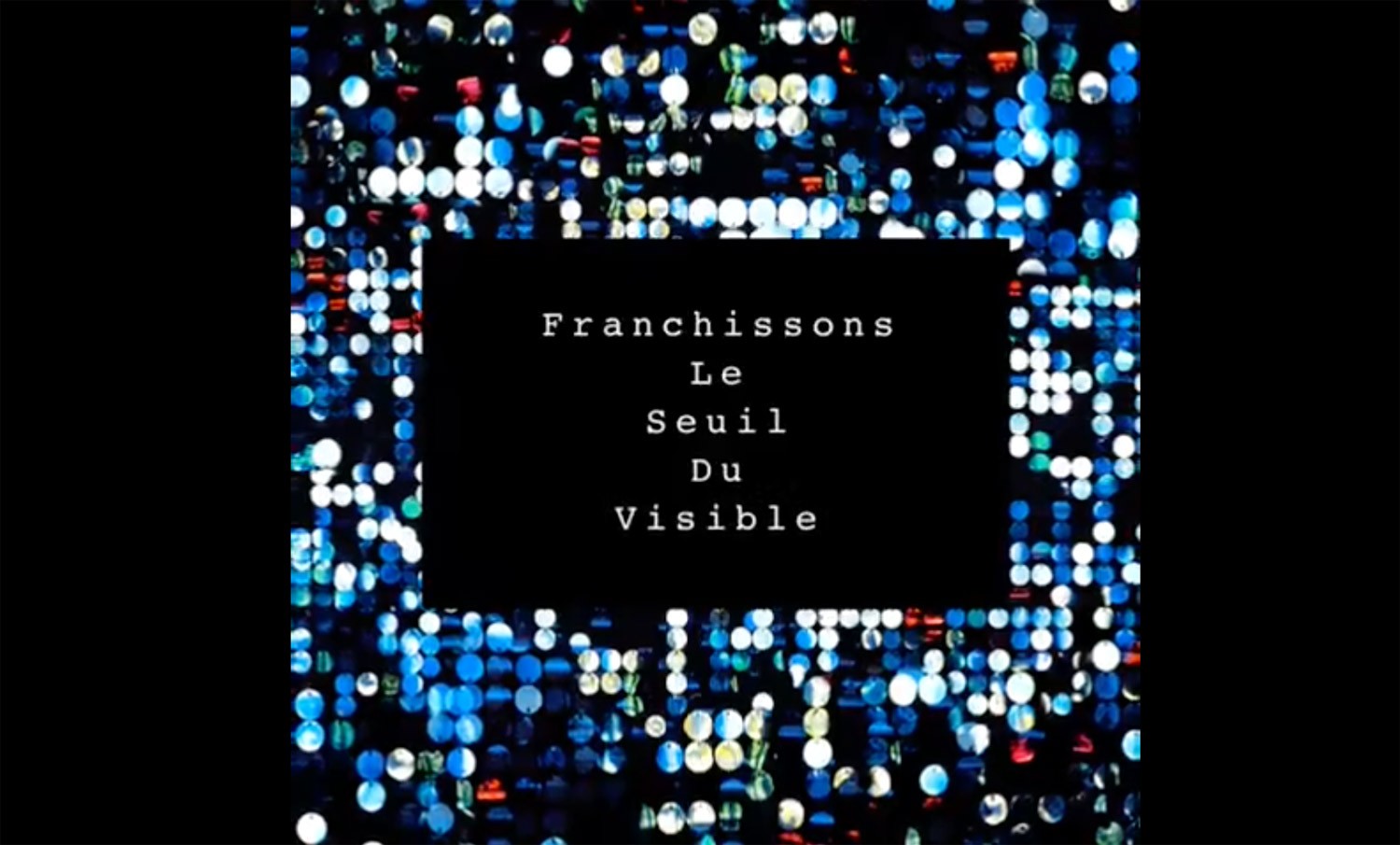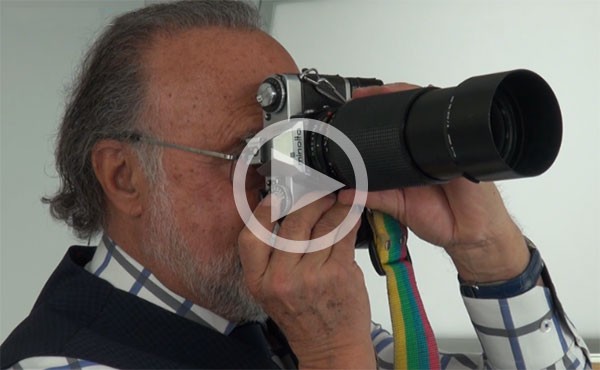Olivier Dassault
Profile
"Photography can appropriately be described as the art of encounter. It can also be seen as the art of construction and of mastery. A form suddenly appears in the viewfinder. It is a given, but can equally be an invitation, a movement towards other forms. This is where the life of forms begins: reversal, repetition, fertility. Worlds appear suddenly from the end of the lens.
The real thus created is no longer an object of reasoning or thought, but of forms themselves. Olivier Dassault takes them in hand, his camera plunges and moves from the world as it is into the world of imagination. Photography thus appears to reach out to the ends of art, to reach the truth of things out there and to reveal what rises from our inner depths.
If Olivier Dassault’s images initially strike us by their diversity, this is because they correspond to different directions of his visual research. In the first instance, Olivier Dassault is a composer, that is, a builder of visual harmonies. At one extreme, he pursues his quest and becomes a carpenter constructing barricades and solid wooden walls (Spirit Wall). At the other, he does not hesitate to destabilize the edifice, the beams fall apart, resembling a game of pickup sticks in which the slightest tremor makes everything crumble (Manoeuvre). Then again, we find ourselves before the fragility of burnt twigs carried by the wind (Aequus). Thus Marcel Duchamp lets float threads whose hazardous fall he will fix in wooden cutouts. In his exploration of possible forms, Olivier Dassault has no fear of great distances. He sails between contrasting domains of nature: from a butterfly wing and a flower petal, to metamorphic crystallizations that have ripened in the depths of the earth. Rock surfaces in Farandole evoke flags flapping in the wind.
Olivier Dassault does not follow the paths of knowledge. His discoveries are not an outcome of calculation, but belong to the realm of feeling. He welcomes chance in the way children play with a kaleidoscope. Let us remember that the first experiments with “abstract” photography by Alvin Langdon Coburn in 1910 involved a kaleidoscope and were contemporary with Kandinsky’s earliest abstract paintings. I have used the word “abstract” which I do not like because to me it does not mean anything. Descartes already showed that all drawings and paintings are in some sense abstract: there are only marks and lines. Seeing things in them will always only be an interpretation.
The artist circumvents interpretation and heads directly to form. “I want to paint the virginity of the world” said Cezanne. Still, when speaking about art, and in particular about photography, we sadly tend to talk of other things, forgetting that in fact it is mainly about forms and colours.
Thus, as I contemplate these images I feel drawn to the immense field of science. It is indeed a tempting path. The images of Oris or Big Bang make me want to speak about the infinitely great and the infinitely small: of things one sees through microscopes, telescopes, bubble chambers. But that is not what they are about. We are dealing not with the music of the spheres but with free artistic creation. A philosopher might evoke their common origin across time and space, echoing infinity. However, I am not a philosopher, I am a spectator. Here, vibration can be the only point in common between clairvoyance and knowledge. Constant work on vibration, which pervades these works, connects the scientist’s research and the artist’s sensitivity.
What is more interesting here is to speak about music, though not in terms of comparison but of presence. Olivier Dassault is also a musician. But, even if he were not, he would be seen as one in these photographic works. When Alfred Stieglitz created his brilliant sequence of images of clouds, Equivalents, in order to prove that photography could convey something other than information, he said: “When my musician friend Bloch sees these images, he will say ‘Music… Music!’ Which is exactly what happened. Bloch took a look and whispered: ‘Music… Music!’”
But, even here, let us not get diverted. It is true that we are now within the sphere of art. And yet a closer look will reveal profound differences. The image may lead us to an obsessive and rhythmic repetition (Préambule, but why not Preludes as by Liszt), nevertheless, while the essence of photography is to be framed, the impossible purpose of music is to be never-ending. While composing his Bolero, Ravel at first apparently intended to make the repetitive pattern of the music gradually fade into the distance. But then he understood that the main theme was meant to coil around itself, in all its chaos and madness, for in such a way it might never come to an end. The photographic work of Olivier Dassault is a work of exploration. Rimbaud’s Bateau Ivre foresees the advent of aviation that was just around the corner. What a desperate quest!
“I have seen archipelagos of stars! And islands
Whose delirious skies are open to sailor”
Between timber structures that shape the space and black holes that pull us into their vertiginous depths, the work of Olivier Dassault is a visual combat that takes us to the edge of the visible."
Jean-Claude Lemagny - May 2014
Biography
Born on June 1st, 1951 in Boulogne-Billancourt and died on March 7, 2021 in Touques, Olivier Dassault became an engineer at the Ecole de l'Air in 1974, then obtained a DEA in decision mathematics in 1976, and a doctorate in management information systems in 1980.
Passionate about aviation, he was a professional IFR pilot and broke several world speed records. Only pilot of the name, Olivier Dassault was also a member of the French National Assembly and Chairman of the Strategy and Development Committee of the Dassault Group. He carried out several activities at the same time, but it is undoubtedly his artistic career that was most important to him.
The light illuminates the eyes of his first black and white portraits. The soft light of the artists of the end of the 19th century. Discovered as a child, they inspired his first pictures. Olivier Dassault began his artistic career at the end of the sixties, borrowing his romantic expressionism from painting. His photographs reveal two aspects of his personality: on the one hand, a poetic interpretation, a testimony of his imagination giving free rein to emotions and aestheticism; on the other hand, a constant technical research where light holds a preponderant place.
He chooses to free himself from the constraints of realism and explores color as a source of energy. He tries to fix or recreate the movement by cultivating the effects. From the curve of the body to that of the sky, from landscapes to urban visions, his environment becomes the material of his explorations. Through his new explorations, Olivier Dassault captures the major lines. This will is affirmed in structured and quasi-linear series, by which he tries to seize the inexorable flow of time in the trap of his darkroom. Faithful to his Minolta XD7 and to the overprinting during the shooting, he modernizes his approach and asserts his own photographic language.
Olivier Dassault has exhibited at the BNF, Drouot, the Maeght Gallery, the Montresso Art Foundation and the Marlborough Gallery in New York.
Events
-
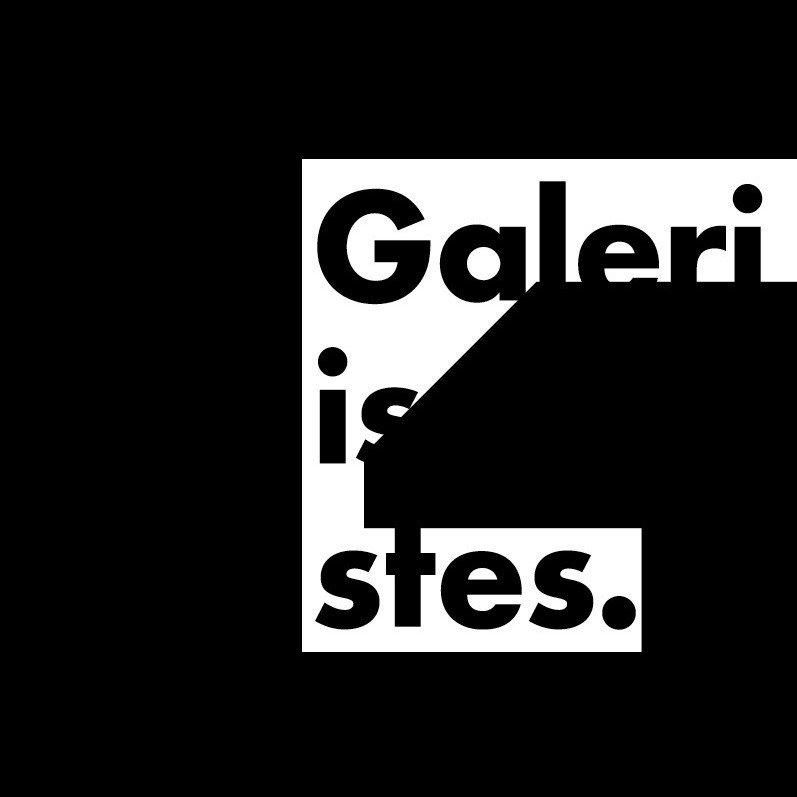 [Art Fair] Galeristes 2020
[Art Fair] Galeristes 2020
10/23/2020 -
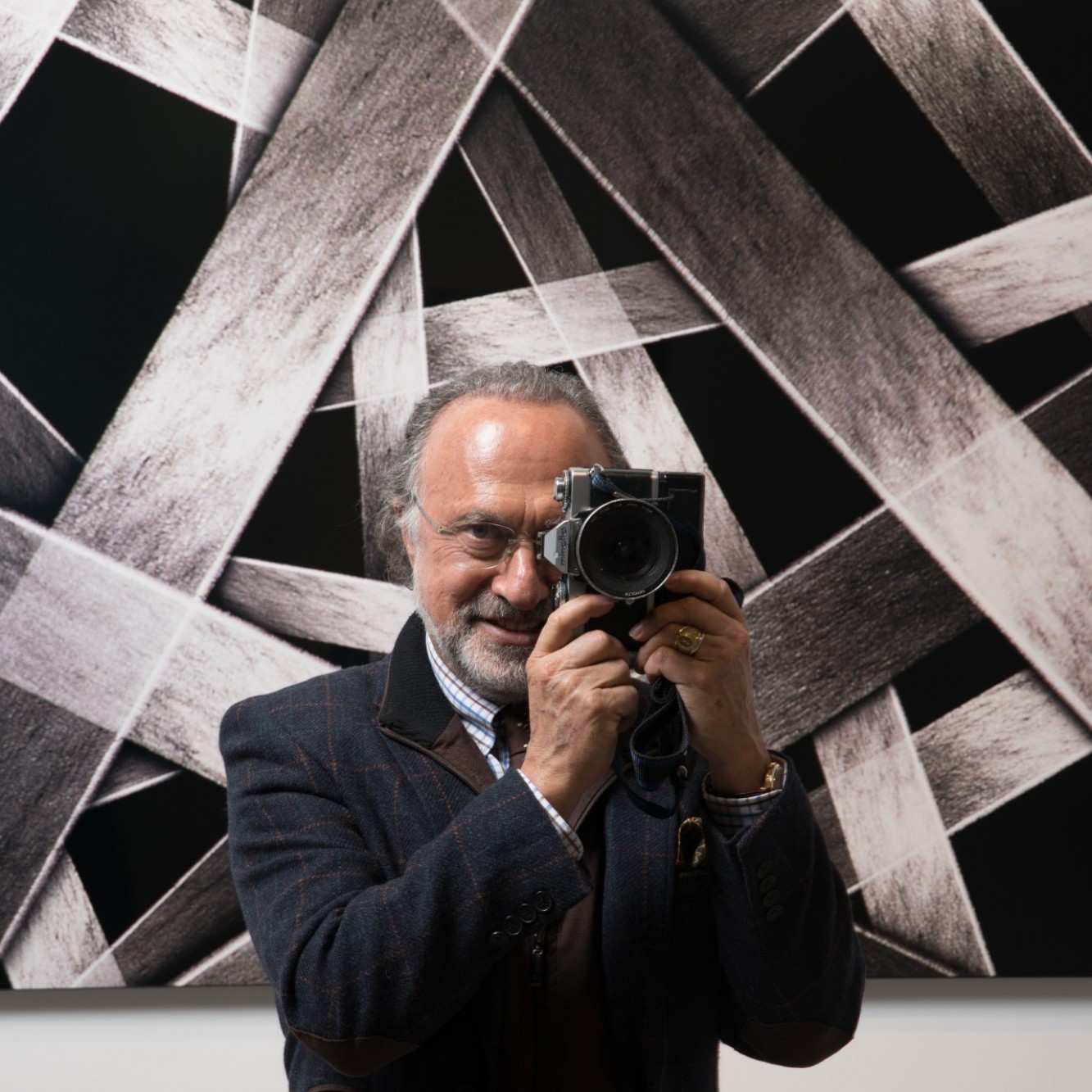 [Exhibition] Perspectives - Franchir le seuil du visible
[Exhibition] Perspectives - Franchir le seuil du visible
06/18/2020 -
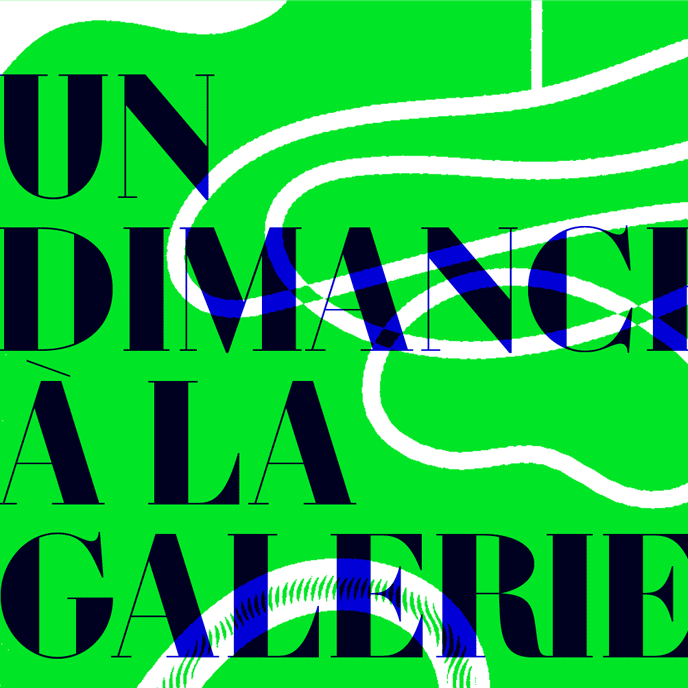 [Event] Un Dimanche à la Galerie #6
[Event] Un Dimanche à la Galerie #6
09/13/2020 -
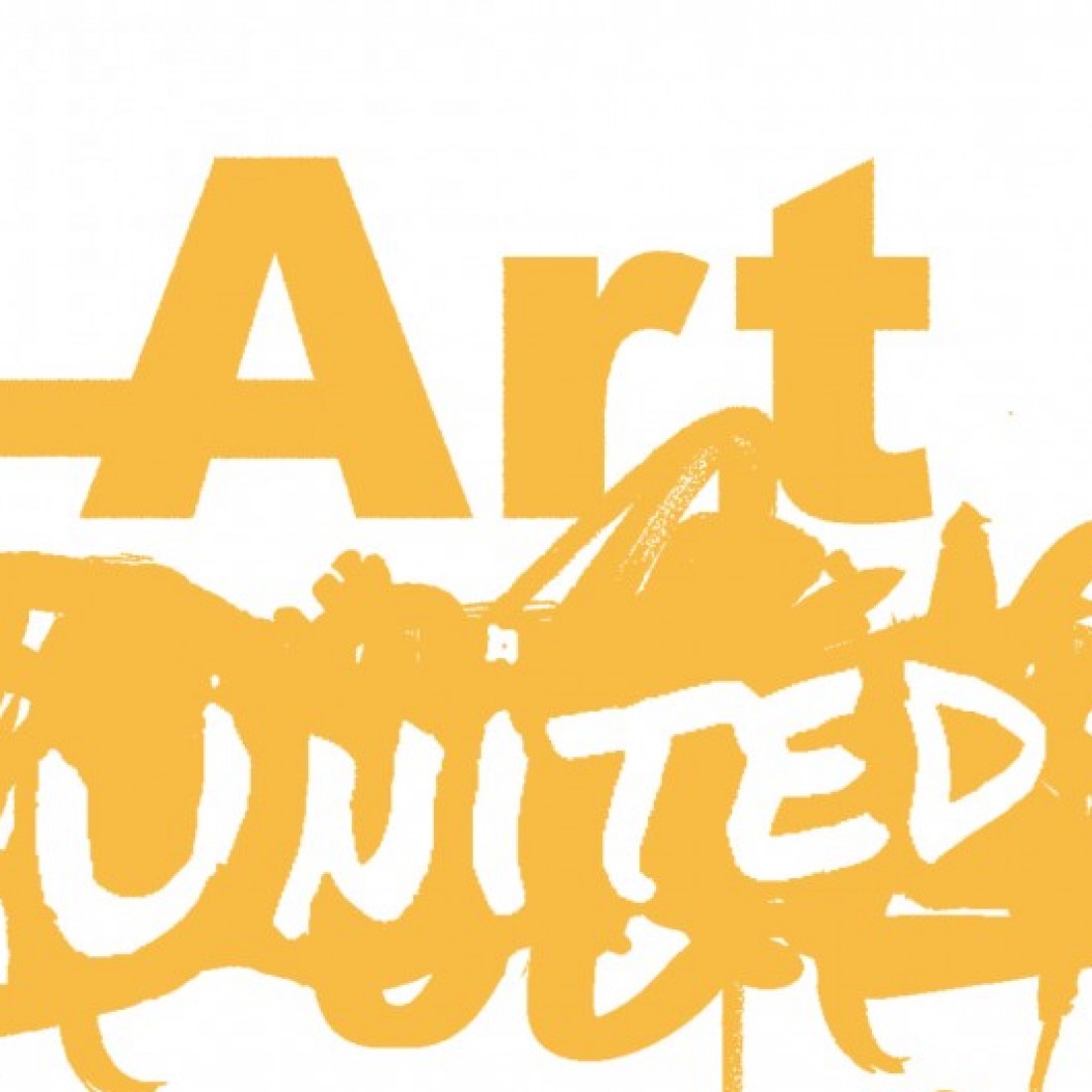 [Event] W-Art United Festival
[Event] W-Art United Festival
07/03/2020 -
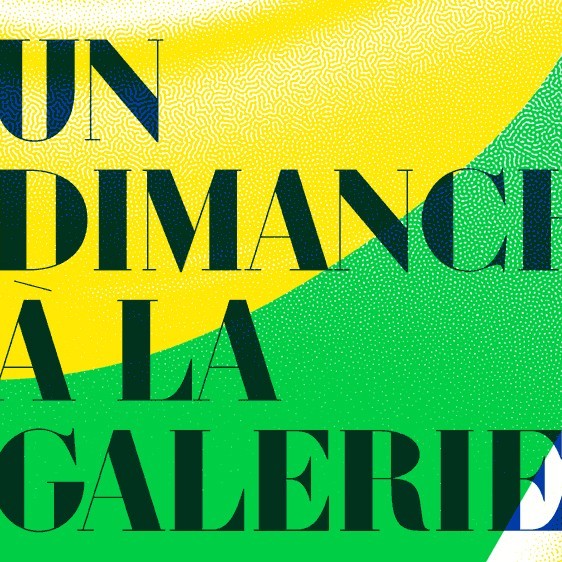 [Event] Un Dimanche à la Galerie #5
[Event] Un Dimanche à la Galerie #5
09/15/2019 -
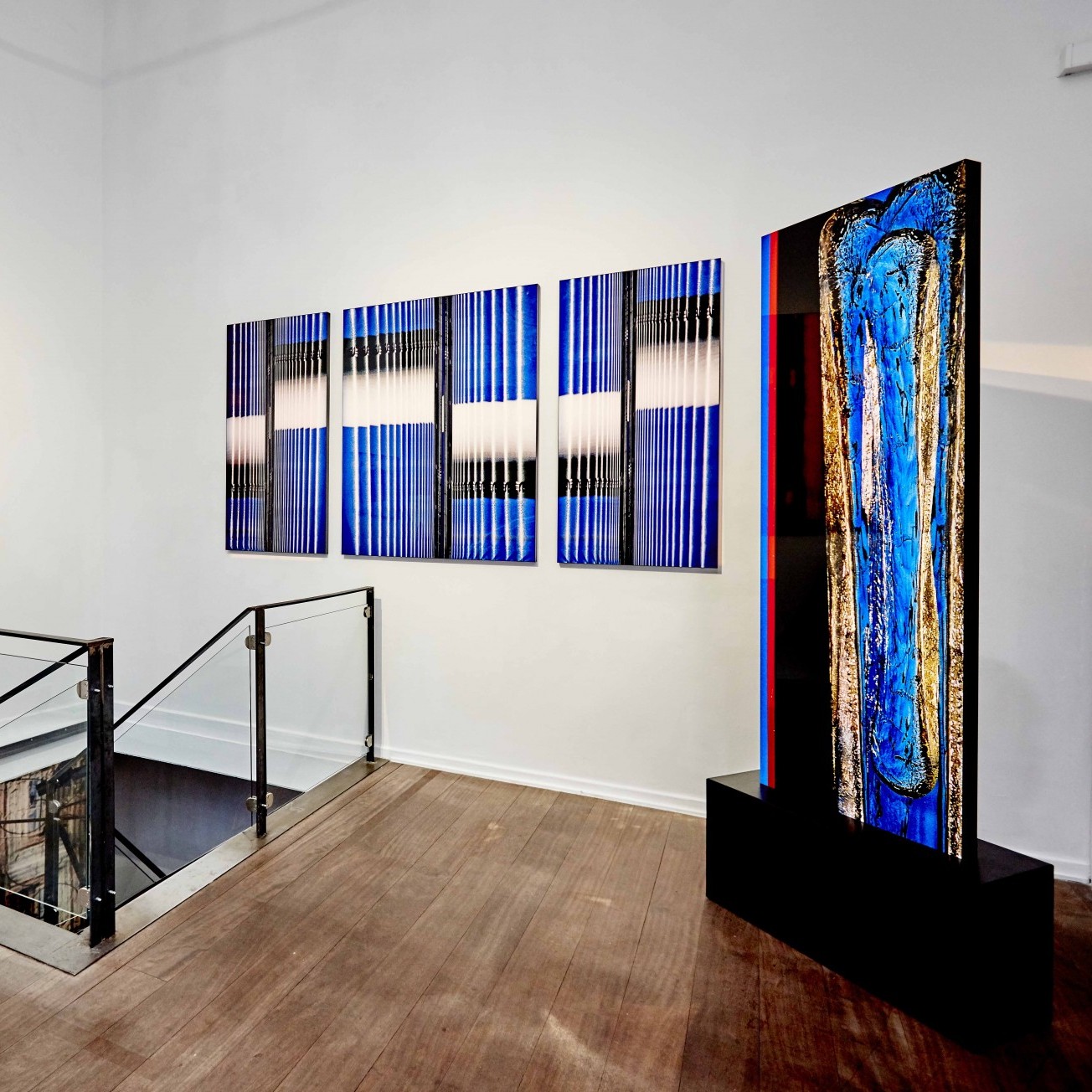 [Exhibition] RéFlexions
[Exhibition] RéFlexions
03/11/2019 -
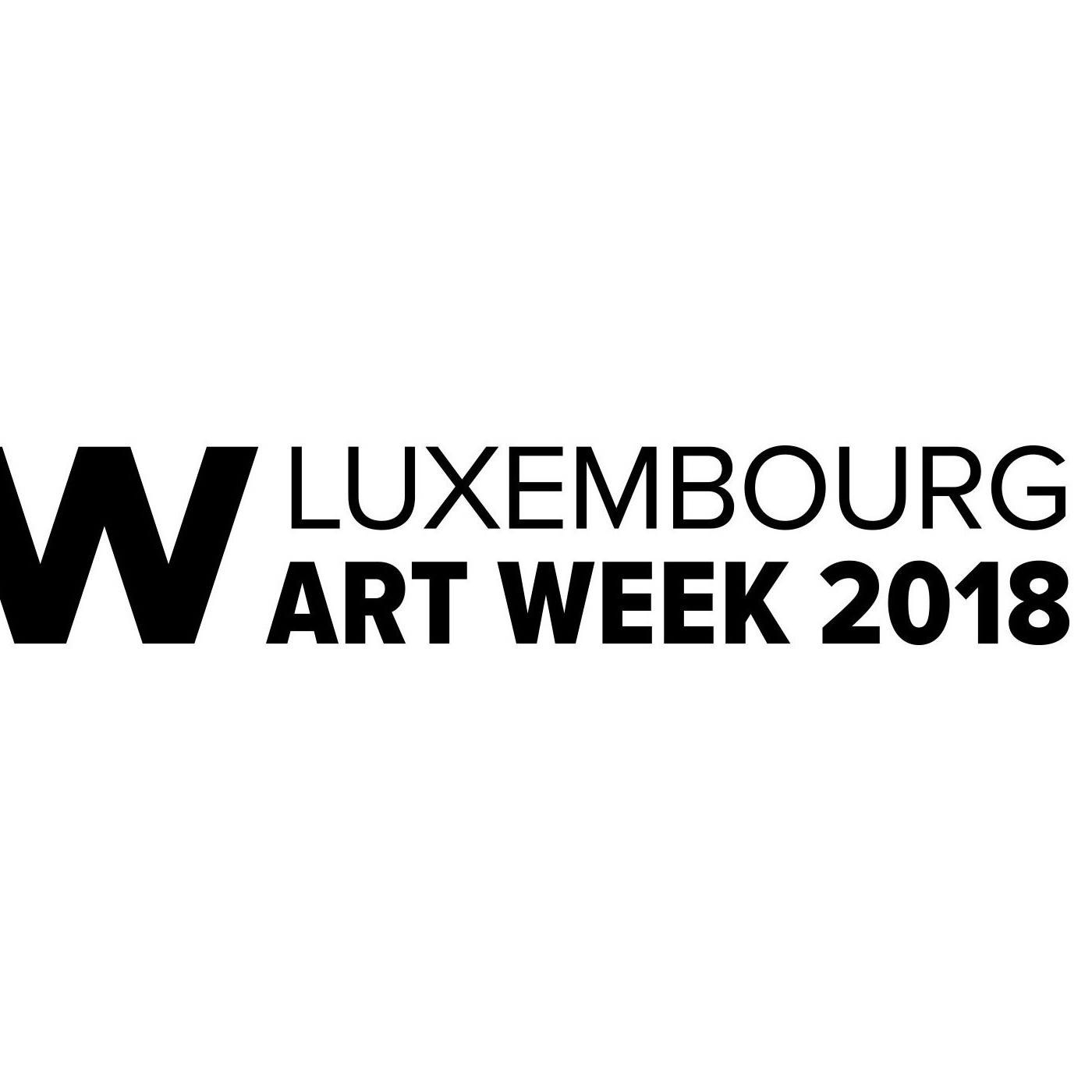 [Art Fair] Luxembourg Art Week 2018
[Art Fair] Luxembourg Art Week 2018
11/09/2018 -
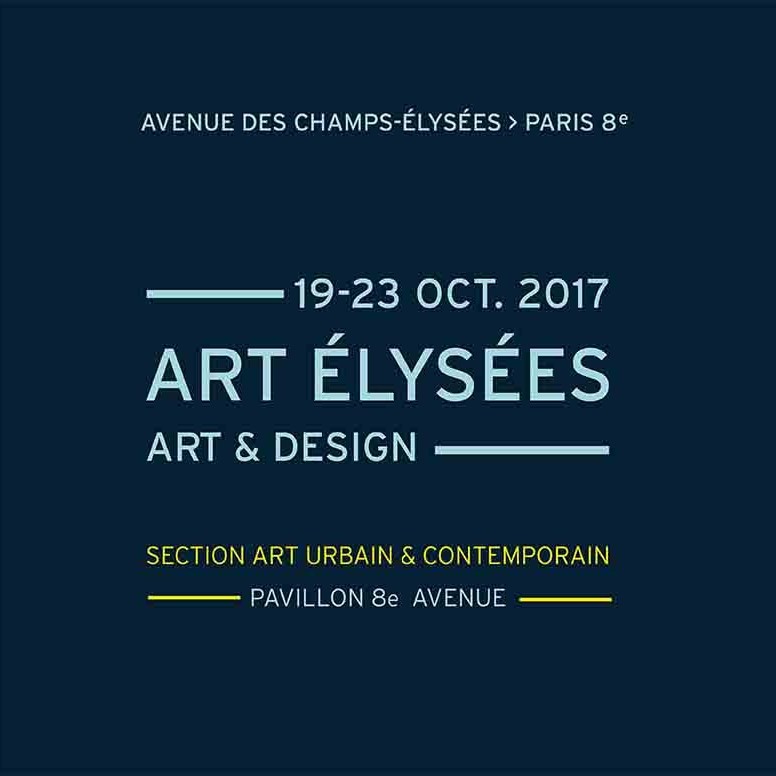 [Art Fair] 8e Avenue Art Fair 2017
[Art Fair] 8e Avenue Art Fair 2017
10/19/2017 -
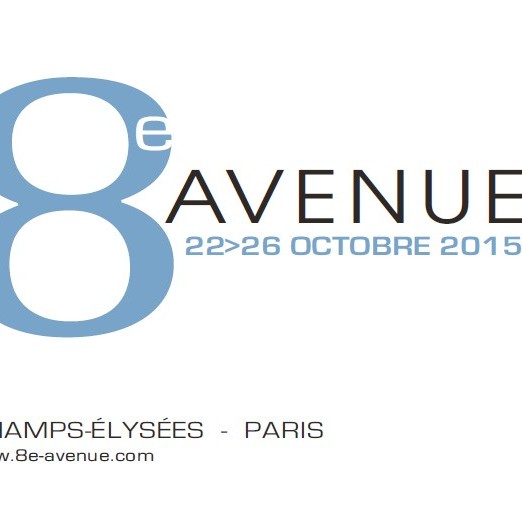 [Art Fair] 8e Avenue Art Fair 2015
[Art Fair] 8e Avenue Art Fair 2015
10/22/2015
News
Reviews
-
Olivier Dassault | Belles Demeures
Published on 04/15/2019 -
Olivier Dassault | Photo Magazine
Published on 04/14/2019 -
Olivier Dassault | Madame Figaro
Published on 04/05/2019 -
Olivier Dassault | Beaux Arts Magazine
Published on 04/01/2019 -
Olivier Dassault | Arts in the City
Published on 04/01/2019 -
Olivier Dassault | art press
Published on 04/01/2019 -
Olivier Dassault | Winn'Art
Published on 04/01/2019 -
Olivier Dassault | La Gazette Drouot
Published on 03/29/2019 -
Olivier Dassault | L'Eventail
Published on 03/26/2019 -
Olivier Dassault | 20 Minutes
Published on 03/06/2019 -
Olivier Dassault | Palace Costes
Published on 03/01/2019
Videos
New artworks
There are no artworks yet here
